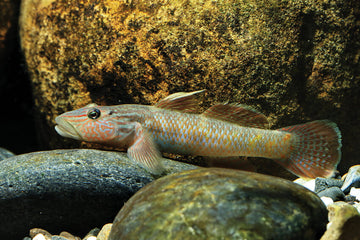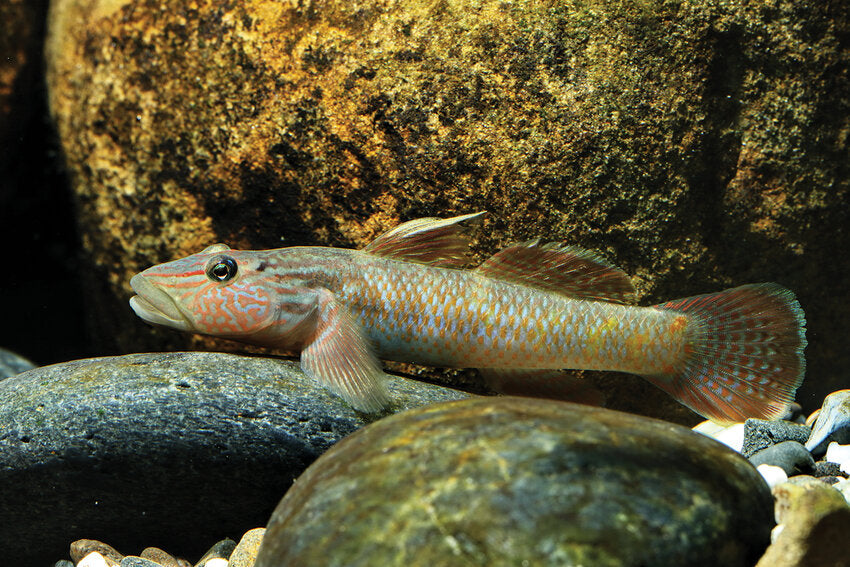Rhinogobius formosanus – ~8 cm Formosa Brook Goby
Regular price
$29.00
Sale price
$29.00
Regular price
Unit price
23 people are viewing this right now
-
Estimated Delivery:Jan 17 - Jan 21
-
UPS Next Day Air Shipping Charges 65$

Rhinogobius formosanus – ~8 cm Formosa Brook Goby
Regular price
$29.00
Sale price
$29.00
Regular price
Unit price
Product description

